WATS/CEWA 6627 - Syllabus
This course was originally advertised as in-person. Due to travel restrictions for many of our professional target audience, it was switched to fully online.
Course Information
| Course Title | Course Number | Credits | Term |
|---|---|---|---|
| Advanced LTPBR Design | WATS/CEWA 6627 | 1 Graduate Credit (1.5 CEUs) - 20 contact hours | Fall 2025 |
Catalog Description
Advanced course in site-scale design of LTPBR project using Riverscapes Studio. Students will conduct desktop designs, discuss field designs, prepare design report and learn about regulatory permit application.
Details
Prerequisite Recommendations
Students are recommended to be proficient in GIS (See: getting started in QGIS for self-paced; see USU's Geospatial Collective for more formal training options).
Students are also expected to have completed WATS/CEWA 6626 (Advanced LTPBR Planning) and WATS/CEWA 5623 (Intro to LTPBR Design) or have equivalent experience.
Registration
- Matriculated USU Students: Register via Banner
- Continuing Ed/Professional Students: CEWA
Schedule
| Class | Time | Days | Location | Dates | Instructor(s) |
|---|---|---|---|---|---|
| Online - Google Meet | 9:00 am - 12:00 noon; 2:00 to 4:00 pm | Mon, Tue, Wed, Thu | Google Meet | Oct 6 - 9, 2025 | Professor Joe Wheaton, Josh Gilbert, Zach Burgert, Phlip Bailey |
Instructor of Record
Office Hours - By appointment this semester.
Fees
- Matriculated Students: pay standard USU tuition. No additional fees.
- Continuing Education Students: $315 (includes $45 CEU processing fee).
Course Objectives
By the end of this course, students will be able to:
- Use Riverscapes Studio to complete LTPBR Design process for their own project.
- Apply concepts of Conservation Planning Process and LTPBR Design taught in WATS/CEWA 5623, but with QRiS and quantiative mapping and analysis.
- Articulate and support "complex-scale" objectives as part of design process appropriate to addressing condition impairments identified in planning phase.
- Design* LTPBR treatments by specify locations and type of specific LTPBR structures and actions** - and use "structure-scale" zones of influence to articulate hypothesized short and medium term responses.
- Formulate a design inclusive of construction, staging, and material sourcing logistics that account for risks and constraints identified in planning phase.
- Develop expectations for short and medium term responses to proposed actions in this phase of their design, and articulate how much progress towards the recovery potential identified in their planning assessment they expect this treatment to potentially achieve.
- Create a full LTPBR design and report, post draft project to the Data Exchange, and if appropriate share proposed actions on PBR Explorer.
Course Resources
The course will use:
Main Course Resources Page
The main page for course materials and resources is on the QRiS Webiste.
QRiS & QGIS
Riverscapes Studio plugin to QGIS will be the software used in this course.
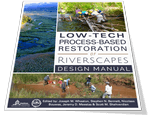
Chapter 5 LT-PBR Manual
Chapter 5 of LTPBR Design Manual is on Desig

Module 4 Self-Paced Modules
Content from WATS/CEWA 5623 Module 4 on Design
We will NOT be using Canvas for this class. All communication outside of class time will be on our Advanced LTPBR Series Community on the Riverscapes Consortium. Assignments will be submitted by sharing your Riverscapes Studio Projects and as posts in our community.
Community Resources
These communities from the Riverscapes Consortium are great places to ask questions, connect with colleagues and share your work.
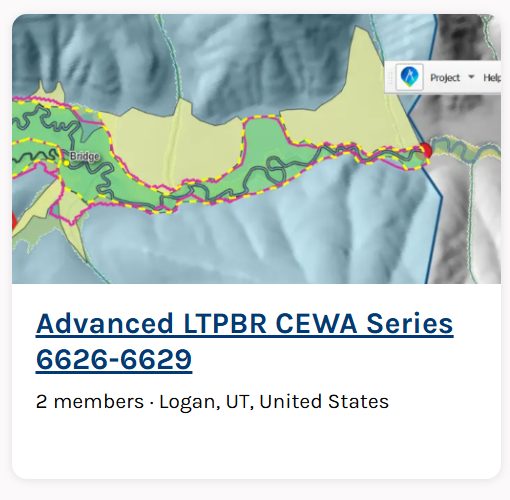
Advanced CEWA LTPBR Series Community
The community for connecting with others in this class and the advanced series of Adavanced LTPBR courses. This is in lieu of Canvas.
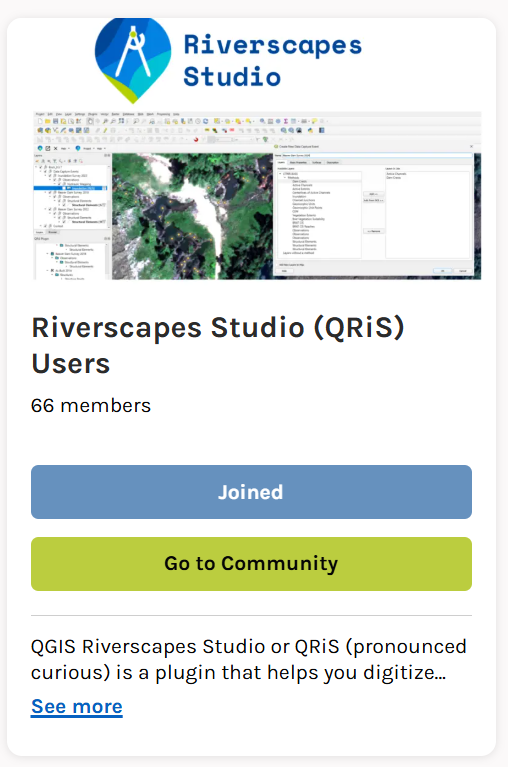
Riverscapes Studio Users
Community of QRiS Users. Stay up to date on latest releases, webinars, trainings, ask questions and share your work.
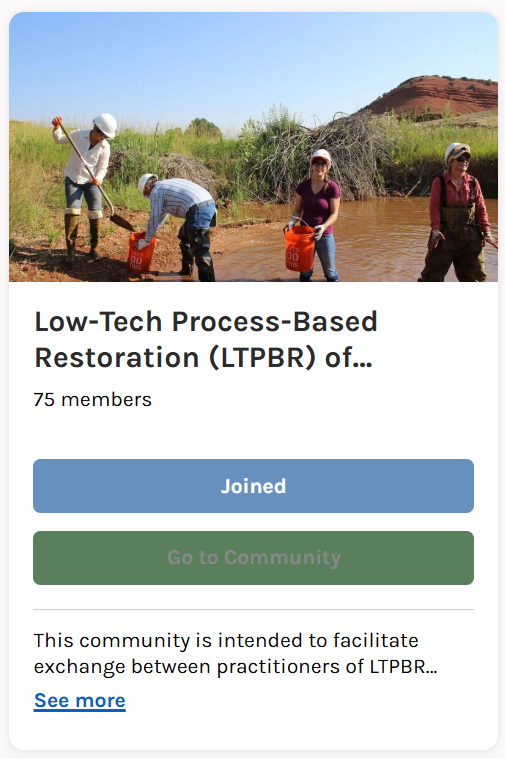
LTPBR of Riverscapes - Practitioner Community
This community is intended to facilitate exchange between practitioners of LTPBR anywhere in the world.
Textbook

LT-PBR Manual
The 2019 Low-Tech Process-Based Restoration of Riverscapes Design Manual (Free/Required). Focus on Chapter 3 of the Design Manual.
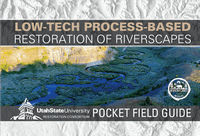
Pocket Guide
A LTPBR Pocket Guide to take with you into the field (Optional)
Course Grading
Pass / Fail Grading based on completion of project assignment and participation. Simple: do the work - pass.
University Policies
USU policies apply, including:
- Attendance
- Academic Integrity
- Student Code
- Library Services
- Disability Resource Center
- Counseling & Mental Health
- Title IX & Equity
If you experience barriers or need accommodations, please reach out to the instructor or DRC as early as possible.
